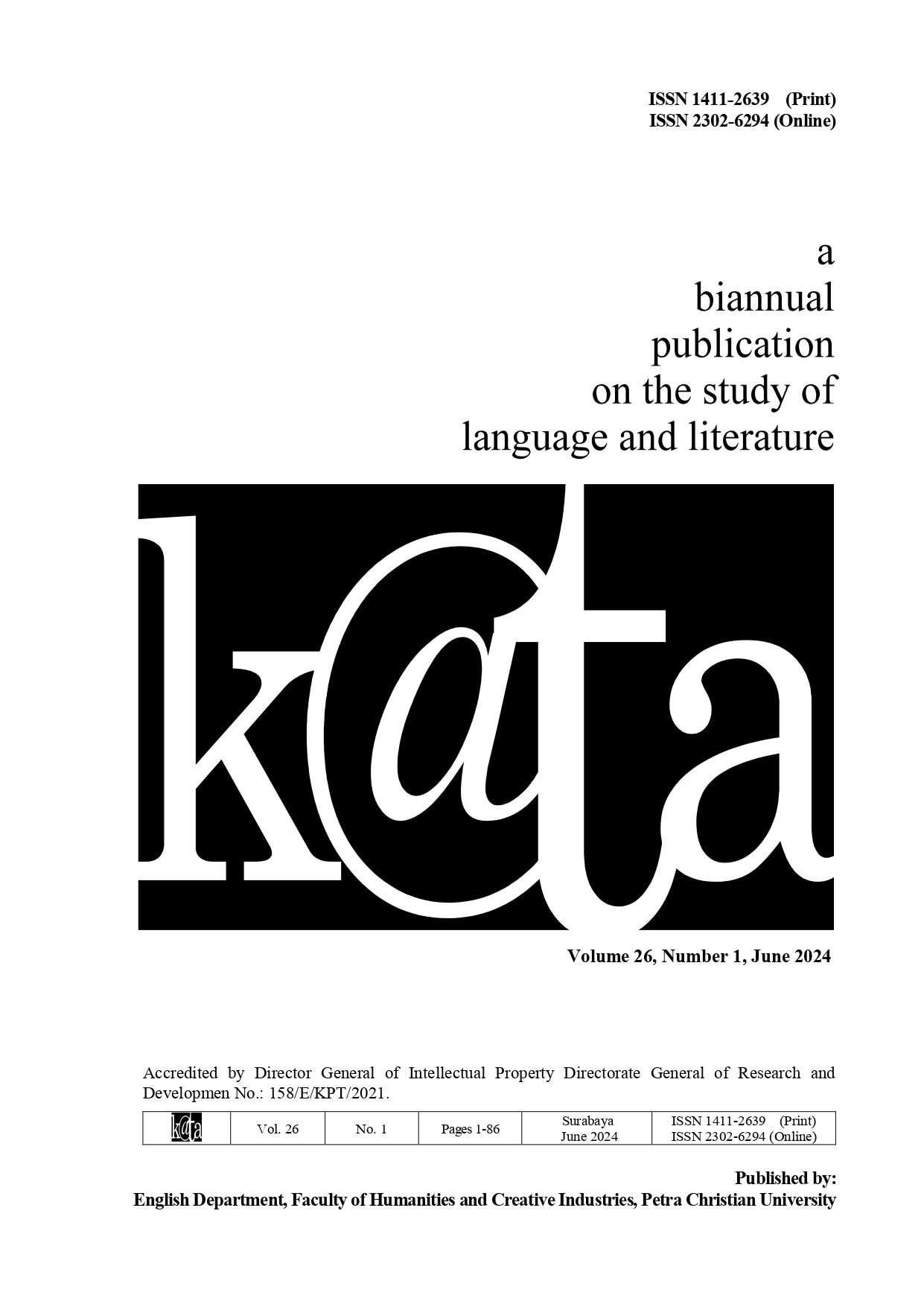The Iconography of Pop Culture in Ghana: Black Sherif’s Music in Perspective
Abstract
Ghanaian tradition, like other African traditions, revolves around cultural values and beliefs. These cultural values and beliefs vary as a result of the different cultural contexts in Ghana. One of the most popular traditions in Ghana is the use of songs as a form of entertainment and a mouthpiece for satirizing society’s ills. Mohammed Ismail Sherif Kwaku Frimpong, popularly known as Black Sherif, is a musician who employs the oral genre of Ghanaian music to unveil some of the pertinent issues in Ghana. This study uses the lyrics of the selected songs as data, which are transcribed and textually analyzed to situate Black Sherif’s music as a pathway through which the young people divulge critical issues confronting them and the vulnerable in the country. The study explores how the artiste presents entertaining yet thought-provoking songs as a manner of expression and foregrounds the culture of Ghana through the use of diction, imagery, and symbolism. It argues that the young people play constitutive roles in nation-building by promoting the Ghanaian culture through the songs they write, so society should grant them an audience and heed what they say. The findings reveal that the economic situation of the country has rendered young people jobless and frustrated and that the ghetto lifestyle has emerged as a popular culture in Ghana.
Downloads
References
Adams, L. S. (1996). The methodologies of art: An introduction. Harper Collins.
Amos, P. M., & Mensah, J. (2015). The lifestyle of hiplife musicians and its influence on the Ghanaian youth. Advances in Social Sciences Research Journal, 2(8). https://doi.org/10.14738/assrj.28.1359
Annin, F. (2014). Poetry of Ghanaian hip-life music: Reflections on the thematology of selected hiplife songs. IOSR Journal of Humanities and Social Science, 19(1), 41–48. https://doi.org/10.9790/0837-19134148
Appiah, K. A. (2003). Cosmopolitanism and culture. Harvard University Press.
Belting, H. (2005). Image, medium, body: A new approach to iconology. Critical Inquiry, 31(2), 302–319. https://doi.org/10.1086/430962
Bonsu, N. O., & Adjepong, S. K. (2019). Hiplife music in Ghana: Its evolution and Westernisation. Afro-Asian Journal of Social Sciences, 10(4), 1–21. http://www.onlineresearchjournals.com/aajoss/art/337.pdf
Collins, J. (2006). Western African popular music. University of Rochester Press.
Darko, A. (2003). Faceless. Sub-Saharan Publishers.
Delaney, T. (2015). Pop culture: An overview. Philosophy Now.
Dzitrie, E., & Agbemava, X. M. K. (2022). Kasahare: Demystifying rap lyricism and artistry in Ghana’s hiplife music. Popular Music and Society, 45(2), 202–220. https://doi.org/10.1080/03007766.2021.1991173
Esfandiari, A. (2021). Comparative application of iconography theory in two paintings of the same name “The Last Supper†by Da Vinci and Giotto. Journal of Social Sciences and Humanities Research, 9(3), 37–49. https://doi.org/10.24200/jsshr.vol9iss03pp37-49
Hofstede, G., & Hofstede, G. J. (2020). Culture’s consequences: Comparing values, behaviors, institutions, and organizations across nations. Sage Publications.
Kenyatta, J. (1961). Facing Mount Kenya. Mercury Books.
Loosemore, M., Bridgeman, J., Russell, H., & Zaid Alkilani, S. Z. (2021). Preventing youth homelessness through social procurement in construction: A capability empowerment approach. Sustainability, 13(6), 1–18. https://doi.org/10.3390/su13063127
Luv, F. M. (2022, March 18). The genesis of hiplife music in Ghana by Dr. Peter Arthur – Former Eng. language & Comm. head -KNUST [Video]. YouTube. https://www.youtube.com/watch?v=HNSxxSi_ekE
Mensah, A., & Sherif, M. I. (2021a). First sermon [Song]. Sentric Music Publishing Ltd.
Mensah, A., & Sherif, M. I. (2021b). Second sermon [Song]. Sentric Music Publishing Ltd.
Moleong, L. J. (2002). Metodologi penelitian kualitatif. Rosdakarya.
Nikoi, N. K. (2020). Hiplife music in Ghana: Postcolonial performances of good life. International Journal of Communications, 14, 1951–1969. https://ijoc.org/index.php/ijoc/article/view/10392
Nketiah, J. H. (1955). Funeral dirges of the Akan people. University of College of the Gold Coast.
Panofsky, E. (1972). Studies in iconology: Humanistic themes in the art of the Renaissance. Westview Press.
Sarpong, S., & Sherif, M. I. (2021). Gold digga [Song]. Savage Studios.
Sherif, M. I. (2022). Kwaku, the traveller [Song]. Sentric Music Publishing Ltd.
Sone, E. M. (2018). African oral literature and the humanities: Challenges and prospects. Humanities, 7(2), 30. https://doi.org/10.3390/h7020030
The Holy Bible: English standard version. (2007). John. Print, 8, 7.
UTV Ghana Online. (2022, June 11). Abeiku Santana Interviews Black Sheriff on Atuu [Video]. YouTube. https://www.youtube.com/watch?v=1hSx2OSGtOE

This work is licensed under a Creative Commons Attribution 4.0 International License.
![]() This work is licensed under a Creative Commons Attribution License
This work is licensed under a Creative Commons Attribution License




.png)
.png)

.png)












